For the average person, it can be quite daunting to understand the differences between different saunas. For instance, I often get the question “how are infrared saunas different from a Finnish sauna?”
The story becomes even more complicated when you have to consider the different types of infrared heat (light). I, therefore, decided to write a blog post on this topic. First, I’ll teach you what far infrared light is and how it’s different from other infrared types. I’ll then talk about the potential benefits and downsides of infrared light exposure.
Far Infrared Light Definition: What Is Far Infrared Light?
To help you understand “far infrared light” I first need to take a step back and talk about the “light spectrum”. From a physics perspective, the light spectrum consists of all the different types of light found in the universe.
That light can be divided into visible light - that you can see with your naked eyes - and invisible light. Invisible light consists of ultraviolet light and infrared light. Ultraviolet light is what can give you sunburn if you stay in the sun for too long. Infrared light, moreover, is what makes the sun feel hot on your skin.
Infrared light can further be divided into “near-infrared light”, “middle infrared light”, and “far infrared light”. The latter will be the main topic of this blog post, although I’ll also compare far infrared light with the other alternatives.
That comparison will help you better understand what makes far infrared light special. Let’s move on to the next section:
Far Infrared Vs Middle Infrared Vs Near Infrared
Let me take a physics perspective once more. In physics, different types of light are distinguished between the different wavelengths they have (1; 2; 3; 4). These wavelengths, in this case, are measured in micrometres. Micrometres are very small - they’re a millionth of a metre in size.
(Don’t worry if this sounds complicated, I’ll break it down into easy-to-understand terms.)
So let’s look at the wavelengths of different types of light:
- Ultraviolet light has wavelengths between 0.2 and 0.4 micrometres.
- Visible light - which contains all the colours of the rainbow, visible to your eyes - has wavelengths between 0.4 and ~0.8 micrometres.
- Infrared light has wavelengths between ~0.8 and 1,000 micrometres. So, the infrared light spectrum is much bigger than the visible and ultraviolet light spectra.
That infrared light can be further subdivided into:
- Near-infrared light, located between ~0.8 and 5 micrometres
- Middle infrared light, which is found between 5 to 25-40, micrometres
- Far infrared light, defined between 25-40 and 1,000 micrometres.
Keep in mind that not everyone agrees in science on the exact categorisation of these different infrared light types. Let's now explore what these light types do inside your body
How Far Infrared Light And Other Light Types Affect Your Body's Biology
Different types of infrared light have different effects in the body. That effect of light is by no means neutral. Just like the ultraviolet light I talked about before can cause sunburns and get your skin to tan, similar effects happen when your body is exposed to infrared light.
Infrared light, in fact, can enter your body through the skin. That way, the infrared light reaches your bloodstream, muscles, fat tissues, organs, and everything else. Scientists don’t agree on how deep infrared light penetrates into your body though (5; 6; 7; 8; 9; 10; 11; 12).
But, the fact that very smart scientists don’t all agree on how far the light penetrates into the human body should not dissuade you. Instead, it’s smarter to focus on the health benefits you are getting.
We know that far infrared light works. For that reason, I’ve highlighted six major benefits of far infrared light exposure in the section below. All types of infrared have their own unique health benefits though.
If you’re interested in learning more about the benefits of near-infrared, I recommend reading the blog post I wrote on red light therapy. Red light therapy includes non-heating near-infrared which has many unique health benefits of its own. These benefits include pain relief, lowering excessive inflammation, boosting workout recovery, rejuvenating your skin, optimising hormonal health, enhancing sleep quality, and much more.
Far infrared light, moreover, has been used in Japan for many decades now to improve circulation, counter heart and blood vessel disease, impedes chronic pain and improve people’s energy levels (13; 14; 15; 16; 17; 18; 19).
And the best part?
You don’t necessarily have to pick and choose between different types of infrared light. Nowadays, we sell what is called a “full spectrum sauna”. Full-spectrum saunas expose your body to a balanced combination of near-infrared, middle-infrared, and far-infrared light.
And yes, the full spectrum saunas are pricier. Nevertheless, you can also opt for a more affordable far infrared sauna model. In time, you can then upgrade this sauna model with full spectrum heaters, so that near and middle infrared heat are included as well.
Also, Clearlight Infrared® Saunas is the first company to offer red light therapy inside an infrared sauna. The light emitted by our Clearlight® Light Therapy Tower consists of 50% near-infrared light, and 50% red light. Red light is found in the visible light spectrum.
For this reason, I want to emphasise the fact that the different types of infrared light don’t necessarily compete with each other. You don’t need to choose between a near-infrared or a far-infrared sauna because you’ll have both when you opt for full-spectrum.
Now here’s why far infrared has such a wonderful effect on the body:
Your own body uses middle and far infrared to communicate. “Heat”, from a physics perspective, is often also understood as being closely tied to infrared light. Having a hotter body temperature, therefore, means that your body is emitting more infrared light. No wonder security cameras use infrared light detection technology to monitor people when it’s dark outside.
When you project infrared light onto your body, the water and cells are then affected by the infrared light. And, because your body consists of 70-80% water, most of that infrared light will affect your body. Far infrared light is a special case here, as the absorption spectrum of the water is found in the far infrared light spectrum.
Moreover, you may think “why not use a traditional sauna?” I’ll briefly cover that topic right now:
Far Infrared Saunas Vs Traditional Saunas
I’ve written extensively about the temperature difference of several saunas in the past, as well as a comparison between Finnish saunas and infrared saunas. I’ll briefly summarise the benefits of a far infrared sauna below:
First up, an infrared sauna directly heats your body while a traditional sauna heats the air around you. Traditional saunas, such as a Finnish sauna, often reach temperatures of 80-110 degrees Celsius. A very hot far infrared sauna will only use temperatures of 60 degrees Celsius as the maximum.
The benefit of that infrared exposure is that your cells are directly heated by infrared light. Therefore, you can still raise your body temperature by many degrees using an infrared sauna, often better than a traditional one. However, because you’re not sitting inside a very hot room, you’re not breathing very hot air and the experience is much more gentle.
Another downside of traditional saunas is that by heating the air, you’re automatically heating your head the most. The hottest air is found at the top part of a traditional sauna, while your head is the first body part to often get uncomfortable with heat exposure and thus give out.
Next up, the electricity costs of running a far infrared sauna are far cheaper. A traditional sauna will consume up to 50% of your yearly energy bill if you use it frequently. Using a far infrared sauna for many sessions per week only sets you back just over £300 GBP on a yearly basis. Read my blog post on sauna energy costs to understand why an infrared sauna costs more than 15X less than a traditional sauna.




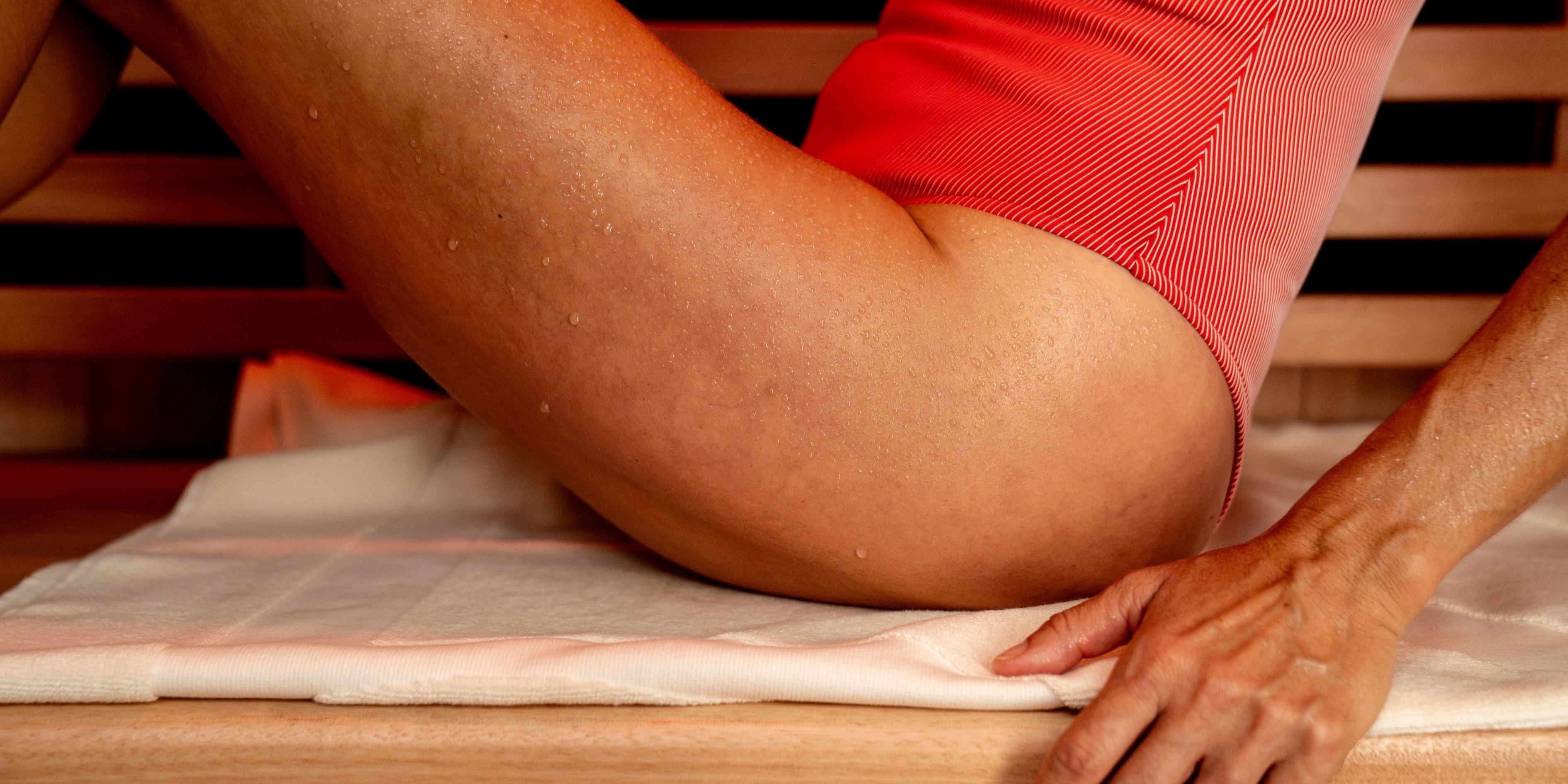
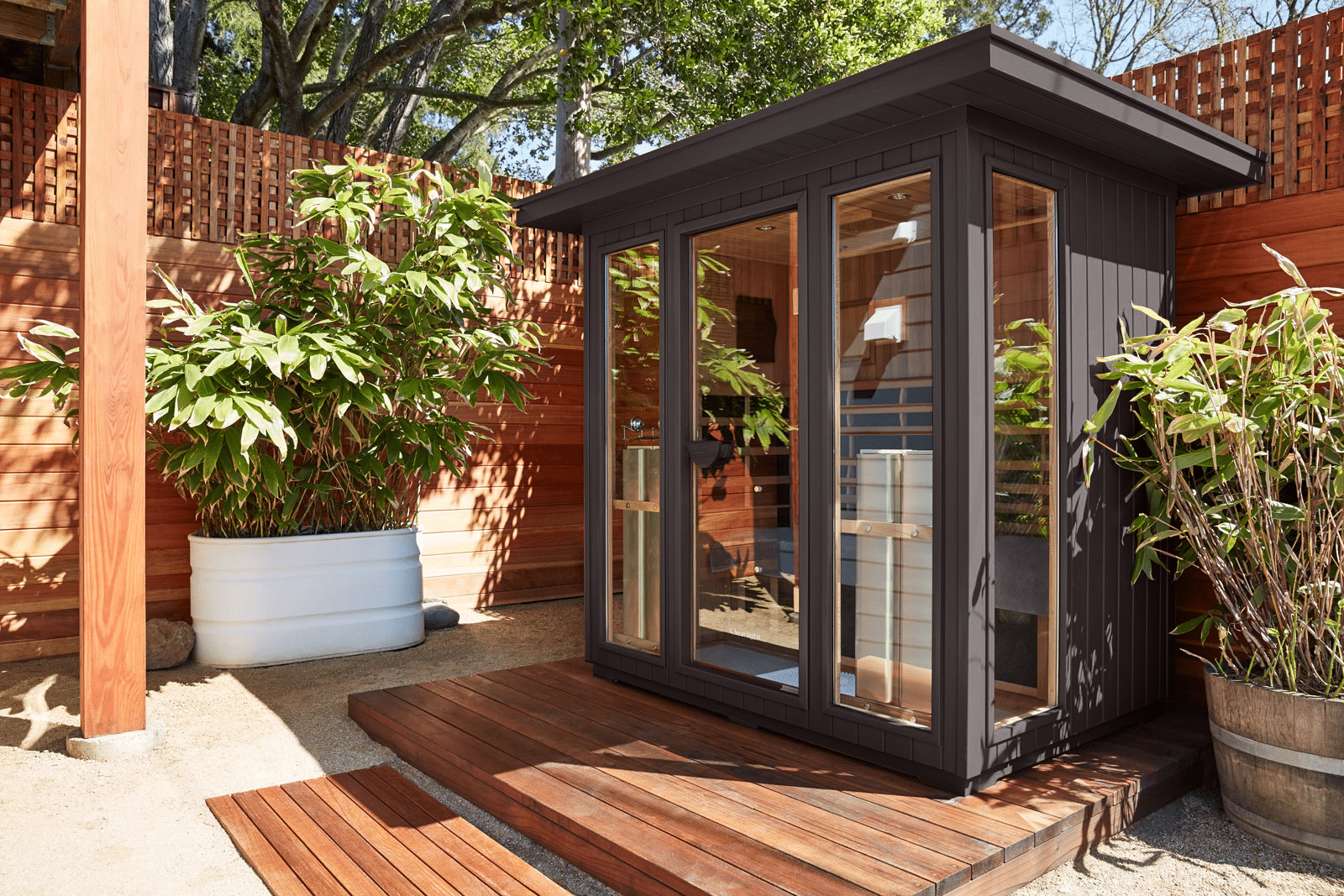

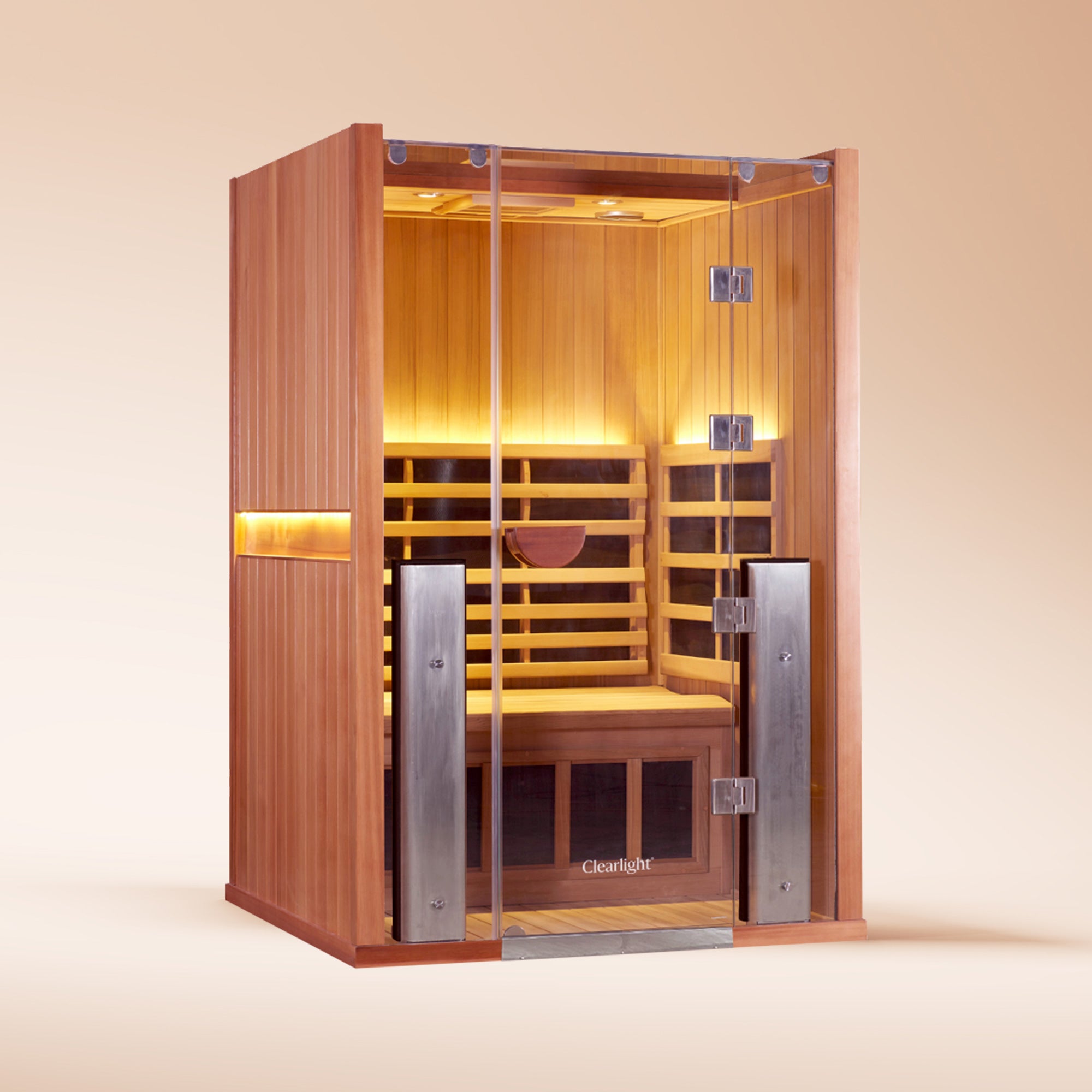
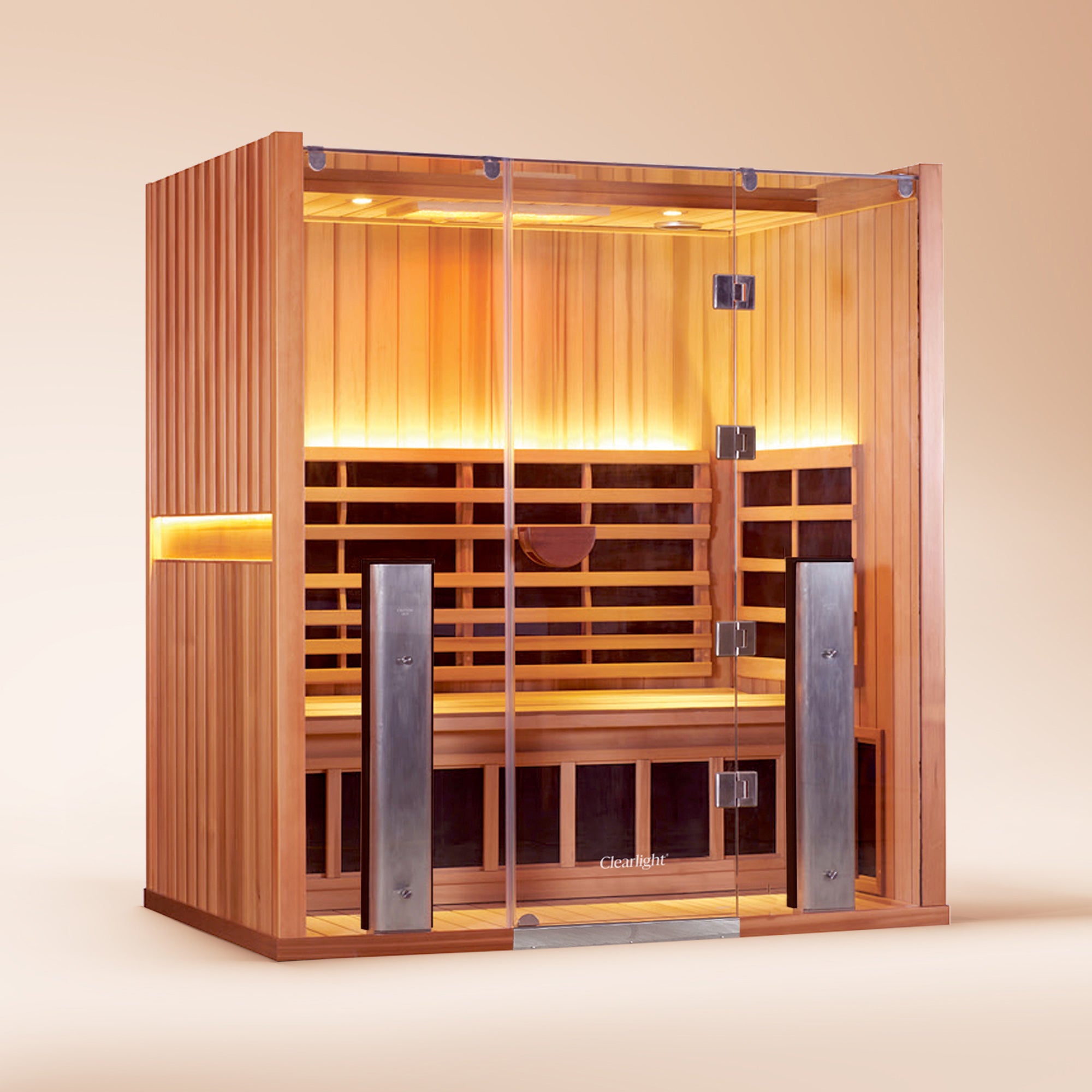
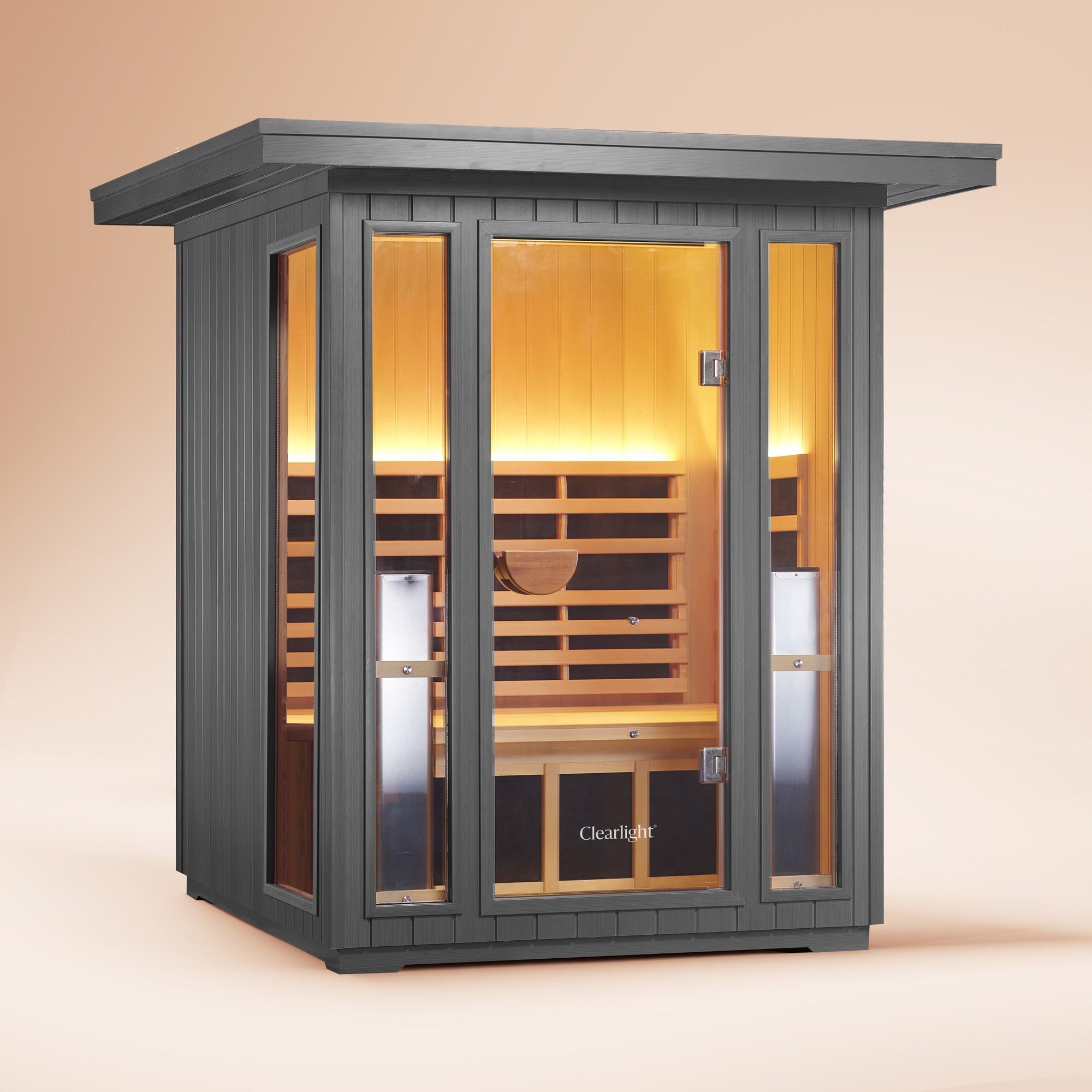
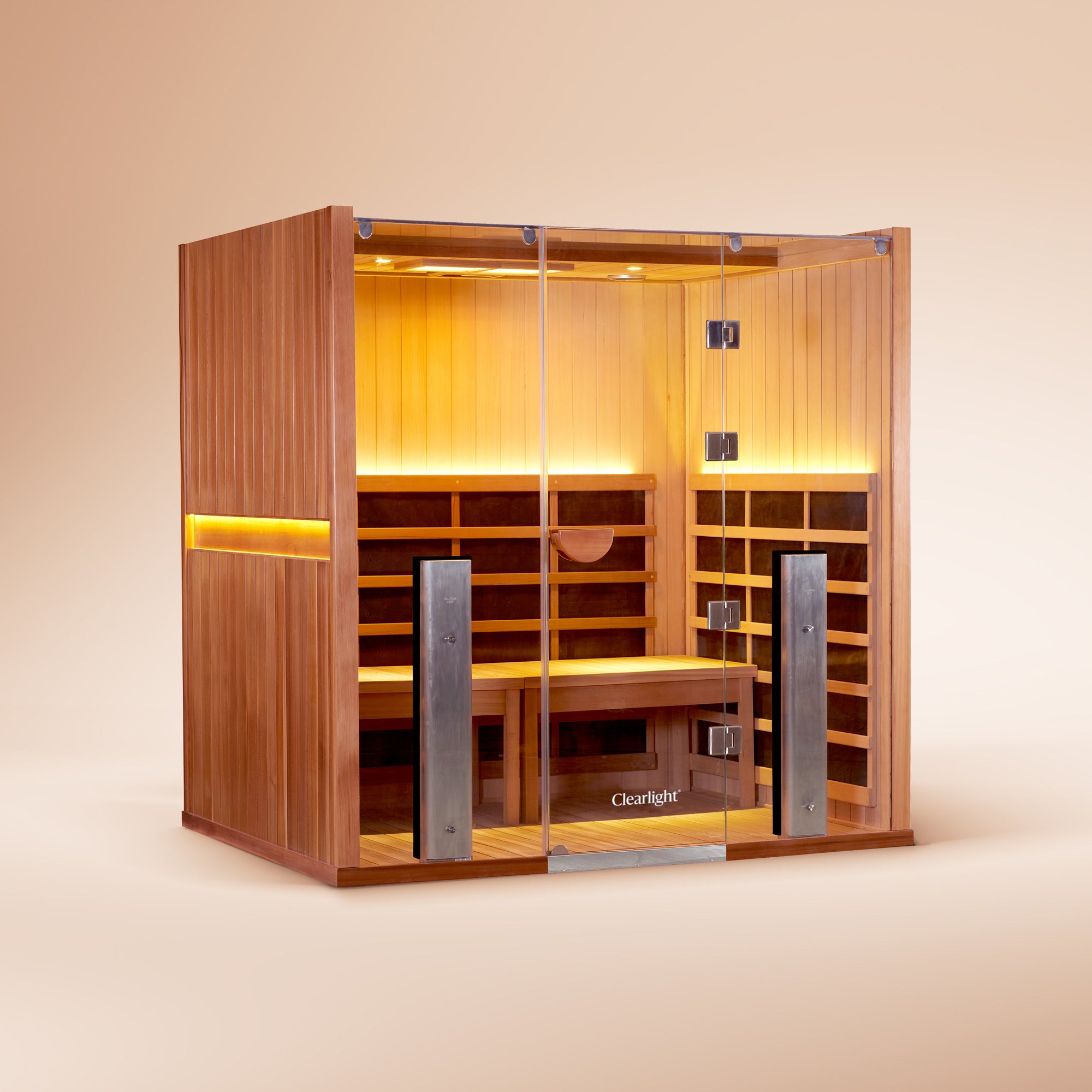
How Big Should A Sauna Be
What are the Best Results from a Sauna?